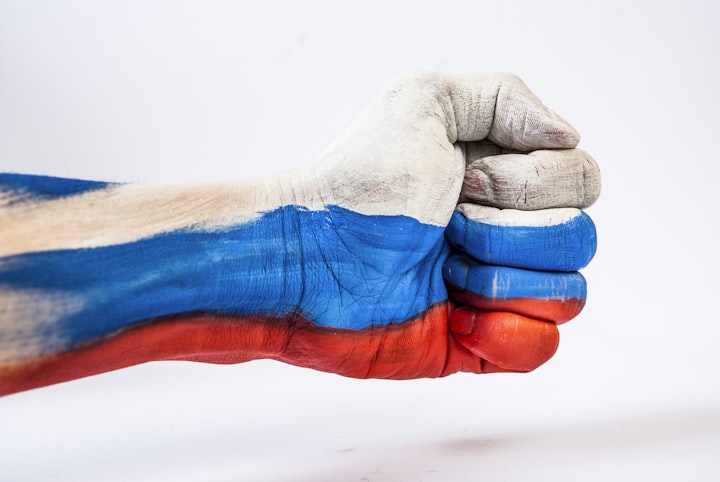The Symbolic Colors of the Russian Flag
Unveiling the Virtues of a Nation

Flags are not mere pieces of cloth; they hold profound symbolism and meaning for nations and their people. The Russian flag, with its iconic arrangement of white, blue, and red, represents a rich tapestry of history, culture, and aspirations. While not officially documented, there are interpretations that suggest the three colors hold deep symbolic significance.
In this article, we explore the hidden meanings behind the colors of the Russian flag and the positive qualities they represent.
White: Nobility, Purity, and Innocence:
The first color on the Russian flag, white, is associated with noble virtues. It represents nobility, purity, and innocence. White is a color often associated with light, goodness, and righteousness. In the context of the Russian flag, it symbolizes the aspiration for moral integrity, honorable conduct, and the pursuit of truth. It signifies the desire to uphold high ideals and noble principles in the face of challenges.
Blue: Loyalty, Faithfulness, and Honesty:
The middle color on the Russian flag, blue, is imbued with qualities of loyalty, faithfulness, and honesty. Blue evokes a sense of stability, trust, and devotion. In the context of the Russian flag, it represents the loyalty of the Russian people to their nation, their unwavering commitment to their values, and their faithfulness to their fellow citizens. It symbolizes the importance of trustworthiness, integrity, and honesty in building a strong and united society.
Red: Courage, Valor, and Love for the Homeland:
The final color on the Russian flag, red, carries a vibrant symbolism. It represents courage, valor, and love for the homeland. Red is a color often associated with passion, strength, and determination. In the context of the Russian flag, it embodies the bravery and resilience of the Russian people, their unwavering courage in the face of adversity, and their deep love and attachment to their motherland. It symbolizes the spirit of sacrifice and the willingness to defend and protect their nation.
Interconnected Virtues:
While the interpretations of the symbolic meanings of the Russian flag's colors may not be officially recognized, they resonate with the aspirations and virtues commonly associated with the Russian people. The combination of these colors creates a powerful narrative that intertwines the noble aspirations, unwavering loyalty, and indomitable spirit of the Russian nation.
Historical Evolution of the Flag:
The Russian flag has undergone several transformations throughout history. It traces its roots to the flag of the Russian Navy during the reign of Peter the Great in the late 17th century. Initially, the flag featured white on top, blue in the middle, and red at the bottom. It was later modified to the current arrangement of white, blue, and red, which became the official flag of the Russian Empire. Over time, the flag evolved alongside the nation, adapting to changing political and social circumstances while retaining its core symbolism.
Respect for the Flag:
The Russian flag holds immense significance for the Russian people, and it is treated with utmost respect. In Russian culture, there are customary guidelines that emphasize the importance of treating the flag with reverence. It is considered inappropriate for the flag to touch the ground, and it should not be used for any improper purposes. During flag-raising and lowering ceremonies, the flag is handled with care and dignity, highlighting the deep respect and veneration it commands.
Conclusion:
Flags are powerful symbols that encapsulate the values, aspirations, and identity of a nation. The Russian flag, with its arrangement of white, blue, and red, carries hidden meanings that reflect positive qualities associated with the Russian people. While not officially documented, interpretations suggest that white represents nobility and purity, while blue represents loyalty and faithfulness, and red symbolizes courage and love for the homeland. These interpretations showcase the noble virtues and aspirations of the Russian nation.
The Russian flag serves as a unifying emblem, instilling a sense of pride, unity, and national identity among the Russian people.
Give us a heart and comment below your thoughts, your support gives us motivation and inspiration to work hard and bring to you the best possible content based on deep research. Check out our fiction story by clicking here. #Thank you!
About the Creator
Literary fusion
Welcome to literary fusion where art and literature intertwine to create a vibrant tapestry. I am [Abdullah Shabir], an artist and writer exploring self-expression through colors and carefully chosen words.






Comments
There are no comments for this story
Be the first to respond and start the conversation.